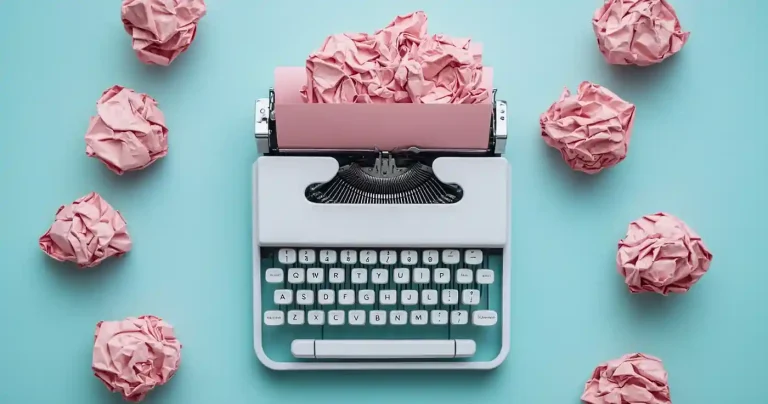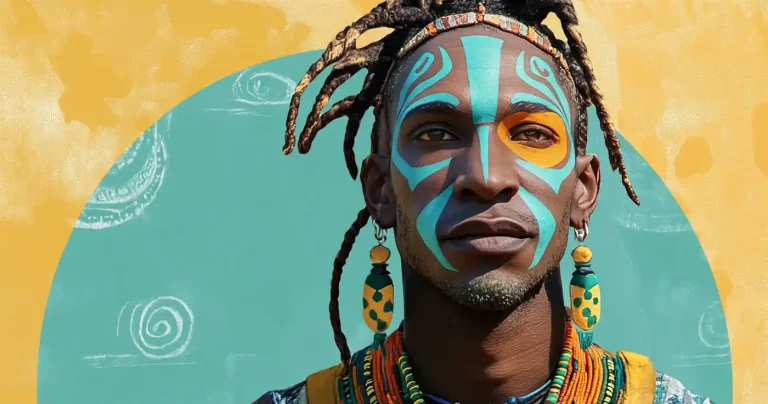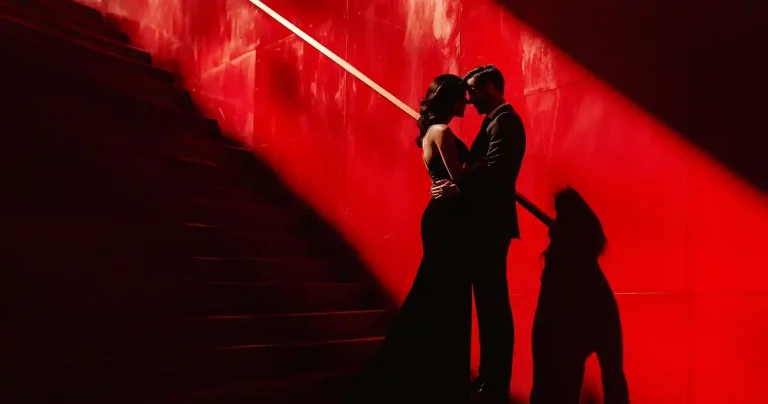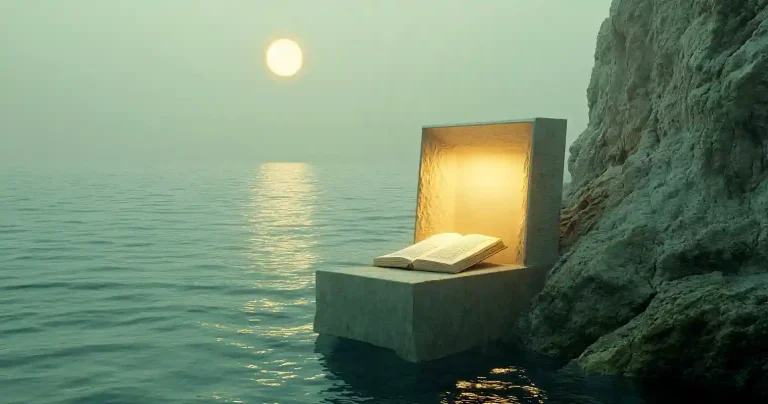We love a good hero. The noble, self-sacrificing type. The ones who always do the right thing, even when it’s hard.
But let’s be real—sometimes they’re a little too perfect.
That’s where the antihero comes in.
They’re flawed, messy, and morally questionable. They don’t always play by the rules, and we love them for it.
From Walter White to Deadpool, antiheroes steal the show. They make us question our own morals. They make bad look really good.
But what exactly is an antihero? And how do you write one that readers will actually root for?
Let’s break it down.
In this post, we’ll also draw from the wisdom of bestselling author Rachel Aaron—whose genre-defying characters and storytelling frameworks are trusted by thousands—and include candid insights from The WriteTreat workshop series, where authors dive deep into building complex, emotionally resonant antiheroes. Trust us, you’re in good hands.
What Makes an Antihero?
An antihero isn’t a villain. But they’re not your traditional hero either.
They live in the grey area between good and evil. They might have noble goals, but their methods? Not so much.
They cheat. They lie. They might even kill. But somehow, we’re still on their side.
Think of Tony Stark. He’s cocky, selfish, and kind of a jerk. But he saves the world, so we let it slide.
Or Katniss Everdeen. She’s not fighting because she wants to be a hero. She just wants to survive. But that makes her real. Relatable.
That’s the secret of an antihero. They make us uncomfortable, but they also make us think.
Why Do We Love Antiheroes So Much?
“You can have an absolute villain of a character, but so long as he’s killing people that we don’t like, he’s a deeply complex antihero, not a villain.” –Rachel Aaron, The WriteTreat Zoom sessions
Nobody is perfect. We all have flaws, regrets, and moments we’d rather forget.
Heroes can feel too clean, too idealistic. But antiheroes? They struggle. They make bad choices. They do things we might do if we were in their shoes.
And let’s be honest—sometimes it’s just fun to root for the bad guy.
Take Loki. He’s a liar, a backstabber, and a chaos machine. But he’s also charming, hilarious, and, deep down, just wants to be accepted.
We see ourselves in characters like him. We get them.
And that connection? That’s storytelling magic.
Different Types of Antiheroes (And Why They Work)
Not all antiheroes are created equal. Some are downright terrible people. Others are just a little rough around the edges.
Let’s break them down.
1. The Lovable Rogue
They break the law. They bend the rules. But they’ve got a heart of gold.
Think Han Solo. He’s a smuggler, a scoundrel, and definitely not someone you’d want to owe money to. But when it really matters? He shows up.
These antiheroes aren’t perfect, but they have a charm that makes us forgive them. They talk fast, get into trouble, and somehow always land on their feet.
2. The Tragic Antihero
The tragic antihero starts out with good intentions. Maybe they even want to be a hero. But something breaks them along the way.
Walter White is the perfect example. He begins as a struggling teacher trying to provide for his family. But by the end of Breaking Bad? He’s a full-blown crime lord.
“The greatest characters are trying to fill cups that have no bottom—goals that can’t be achieved because what they’re really chasing is an emotional wound.” –Rachel Aaron, The WriteTreat Zoom sessions
We watched him spiral. We wanted him to stop. But we also couldn’t look away.
That’s what makes tragic antiheroes so compelling. They force us to ask, Would I have done the same?
3. The Antihero Who Just Doesn’t Care
They don’t fight for justice. They don’t care about your problems. They’re just trying to survive.
Katniss Everdeen? She doesn’t set out to be a symbol of rebellion. She just wants to keep her sister safe.
Geralt of Rivia? He’s not out here to be anyone’s knight in shining armor. He just wants to get paid.
These antiheroes are compelling because they don’t want to be heroes. But they end up playing the role anyway.
And that makes them real.
How to Write an Antihero People Will Love
It’s one thing to create an antihero. It’s another to make sure people actually like them.
Here’s the secret:
They need something redeemable.
Maybe it’s their sense of humor. Maybe it’s their loyalty to one person. Maybe they follow a strict personal code, even if it’s not the law.
Look at Deadpool. He’s violent, crass, and probably the last person you’d want as a role model. But he loves his girlfriend. He cares about his friends. He makes us laugh.
“It really comes to establishing how your reader feels about the people being murdered… even though we say ‘I never condone murder,’ we’ll cheer for the murderer. Look at Dexter.” –Rachel Aaron, The WriteTreat Zoom sessions
Even the worst antiheroes have something that makes us stay invested.
If your antihero is just a bad person with nothing likable? Then they’re not an antihero. They’re just a villain.
And villains don’t get to be the main character.
Building the Perfect Antihero: What They Need to Work
So, you want to write an antihero.
Not just any antihero—a great one. The kind that keeps readers turning pages, questioning their morals, and saying, “I shouldn’t like this character, but… I kind of do.”
Here’s how to make it happen.
1. Give Them a Solid Backstory
Nobody wakes up one day and decides, You know what? I think I’ll be morally ambiguous from now on.
Something made them this way.
Maybe they lost someone. Maybe they were betrayed. Maybe they just realized the world isn’t fair, so why should they play fair?
Whatever it is, it should make sense. It should shape why they do the things they do.
John Wick doesn’t go on a killing spree for fun. He does it because some idiot took the last thing he had left—his dog. And honestly? We kind of get it.
2. Give Them a Personal Code
Even the worst antiheroes have some kind of rule they follow.
It doesn’t have to be noble. It just has to be theirs.
- Jack Sparrow will lie, cheat, and steal—but he does keep his word (most of the time).
- The Punisher will kill criminals—but only the ones he believes deserve it.
- Geralt of Rivia will slay monsters—but not just because someone tells him to.
Rachel Aaron describes this in her “knight vs rogue” character theory: “Knights are defenders, rogues are aggressive—antiheroes tend to operate like rogues. They don’t follow society’s rules; they follow their own.”
This is what makes an antihero interesting. They don’t follow society’s rules. They follow their own.
3. Give Them a Weakness (Or Two)
Nobody likes an overpowered, flawless antihero. That’s just a villain with good PR.
Your antihero needs struggles. They need doubts. They need something that makes them vulnerable.
Maybe it’s a person. A past mistake. A fear. A physical limitation.
Batman? He’s got his no-kill rule (and also crippling trauma, but we don’t have time to unpack all that).
Deadpool? He heals fast, but emotionally? He’s not okay.
Loki? He wants to be feared, but deep down, he just wants to be loved.
Weakness makes an antihero relatable. It makes us root for them—even when they don’t deserve it.
4. Make Them Likable (Even If They’re Awful)
This one’s tricky.
Your antihero can be selfish, rude, or violent—but they need something that keeps people invested.
Sometimes it’s humor. (Looking at you, Deadpool.)
Sometimes it’s charm. (Jack Sparrow, anyone?)
Sometimes it’s sheer competence. (Walter White was a terrible person, but man, was he good at what he did.)
Find the thing that makes your antihero engaging, and lean into it.
The Antihero’s Journey: How They Evolve
Great antiheroes don’t stay the same. They change. They grow. Or… they crash and burn.
Either way, their journey is what keeps us hooked.
Let’s talk about how to make that journey unforgettable.
1. The “Almost Hero” Arc
This is when an antihero almost becomes a good person.
They start out selfish, reckless, or downright cruel. But over time, something (or someone) pushes them to be better.
Han Solo? At first, he’s just in it for the money. Then he turns the Millennium Falcon around and saves the day.
Zuko? He starts as the villain, but his journey leads him to redemption.
This arc works because we love to see growth. We love watching a character struggle against their worst instincts and (eventually) choose the right path.
Even if it takes them three seasons to get there.
“Character transformation doesn’t mean becoming a different person—it means becoming a better version of yourself.” –Rachel Aaron, The WriteTreat Zoom sessions
2. The Tragic Downfall
Not every antihero gets a happy ending.
Some start with good intentions but fall deeper and deeper into the darkness.
Walter White? He could have walked away. But his pride wouldn’t let him.
Michael Corleone? He wanted to protect his family, but in the end, he became everything he feared.
This kind of antihero arc makes for gut-wrenching storytelling. We hope they’ll turn back… but they never do.
And when the credits roll, we’re left staring at the screen, whispering, “Man, that was rough.”
3. The Static Antihero
Some antiheroes don’t change. And that’s kind of the point.
They are who they are, and they’re not about to apologize for it.
Think Deadpool. Think Jack Sparrow. Think Geralt of Rivia.
They might learn things along the way, but at their core, they stay the same. And we love them for it.
Why? Because their consistency is comforting. We know what to expect. We know they’re not suddenly going to give a heroic speech and join the Justice League.
They’re going to do their thing, their way—and that’s why we keep watching.
So, Why Do Antiheroes Matter?
Because they remind us that life isn’t black and white.
People aren’t just good or bad. They’re complicated. They make mistakes. They do the wrong thing for the right reasons—or the right thing for the wrong ones.
And that’s what makes them interesting.
A hero might inspire us. A villain might entertain us.
But an antihero? They challenge us. They make us question what we’d do in their place. They force us to admit that, maybe, just maybe, we’d make some of the same choices.
And that’s why we can’t get enough of them.
Now go forth. Write your messy, morally gray, beautifully flawed antiheroes.
And make us love them.
(Or at least not hate them.)








